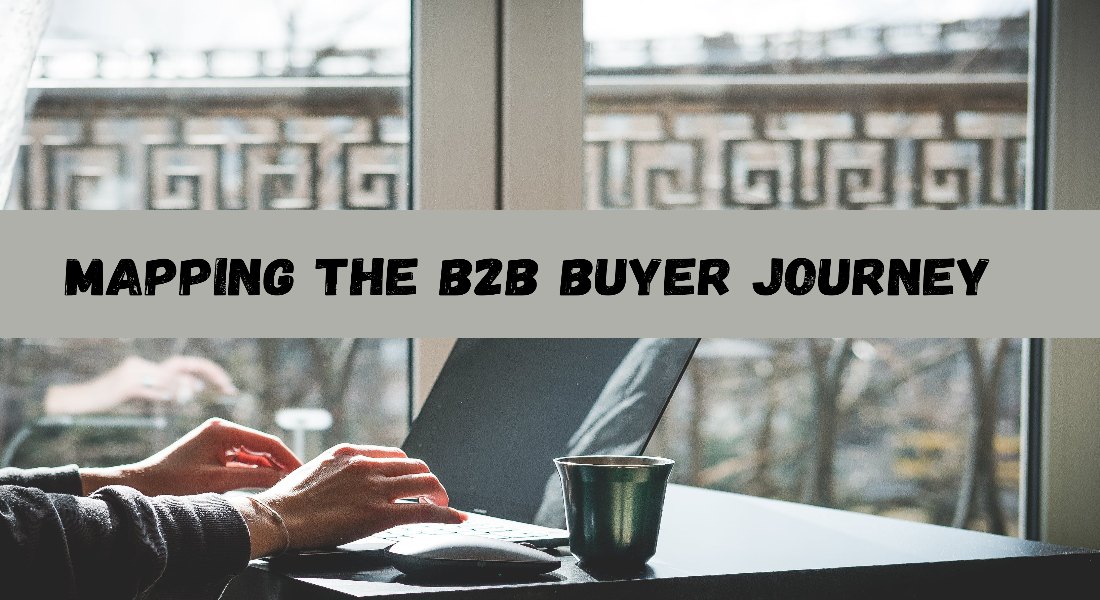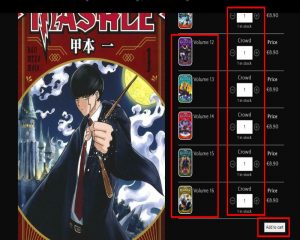
71% of B2B researchers begin with a generic search instead of looking for a particular company.
Find the “moments of fact” for your B2B buyers by researching their buyer journey. The B2B buyer journey extends across the whole process, beginning with brand recognition and ending with the acquisition of a product or service.
Maps and analyses of the B2B buyer’s journey are not new ideas. The use of this tactic in advertising is really common. But the fact is, a good number of B2B professional services still aren’t accepting it, even though it has a lot of great features.
It finds problems with promotion, sales, and customer service. Locate the potential weak spots in your offline and online strategies by mapping the buyer journey. The full buyer lifecycle, including all consumer touchpoints, can be considered with the help of buyer journey mapping.
In this article we will discuss about mapping B2B buyer journey.
What does the B2B buyer’s journey include?
The B2B buyer’s journey includes an introduction about a brand, an investigation, and the sales volume of your products or services. Also, it usually attracts new customers and builds relationships.
Cognism reports that, compared to B2C purchases, the decision-making process for 79% of B2B purchasers is more time-consuming and involves 1-6 persons.
The B2B buyer journey opens the way for organic growth by providing additional products or services to existing clients. Another essential function of the B2B buyer experience is the proactive pursuit of new clients and the successful onboarding of those clients to see the complete acquisition through. Delivery and maintenance are two aspects of the customer journey.
Why is the B2B Buyer Journey Different from the B2C One?
B2C buyers are often focused in to fulfilled individual needs. They may worry more about how easy it is to buy your products or services or their income.
On the other hand, in B2B, “customer” can mean many things. They may have distinct concerns, hobbies, and aspirations. Stakeholders include high-level purchasers, end-users, and their respective buying and legal departments. Spending time getting to know a customer simplifies account management and sales. Everyone involved in the account, not just the decision-maker, must work to establish and maintain positive connections. Read this to know about the different business models.
Steps in The B2B Buyer’s Journey
There are typically three stages to the B2B buyer’s journey: awareness, consideration, and decision. Knowledge of your target personas’ purchasing habits and customer segmentation is essential for all three phases.
Step 1- Having Awareness
Customers are simply learning about your business and its products at this moment. Your sales and customer success teams help your marketing team raise awareness. At this point, you must demonstrate that you understand the client’s or prospect’s business needs and customer difficulties and can explain how your organization can help. The marketing department creates content and uses social media and websites to reach customers.
Step 2- Think About it
As you have already show your customers how your service or product will solve their difficulties, that means you are proving something extra than your competitors. Your sales staff can utilize case studies, expert guides, practical in-person engagement, comparative information, and other lead-nurturing tools once prospects are familiar with your offerings.
Step 3- Be the Final Call
Prospective buyers usually judge a product or service before purchasing it. For inquiry, while they initiate contact with sales, sales representatives must benefit from marketing’s assistance in guiding them through the buying process . In such case, product reviews, testimonials, and demos can also have.
Just provide all the information and brand evidence they need so they do not go elsewhere.
B2B Client Categorization Tips
To start your buyer journey, you must first collect data and divide your potential clients into different groups based on their likelihood of purchasing. According to Fronetics, the length and complexity of the business-to-business buying process are increasing. This is because 82% of buyers use more sources to study and evaluate products and services and spend more time on the research phase.
Tip 1- Market Your Information
Fronetics reports that 82% of buyers devote more time to research, leading to a longer and more complicated B2B buying process.
This process is all about gathering any consumer-related market research data you require. Industry, company size, location, technologies used, and other factors could be considered. Keep in touch with firms interested in further segmentation, but discard those not a good fit for your company.
Tip 2- Make your Levels
After compiling a list of possible accounts, sort them into tiers. Tier 1 consumers, or the most important reports you like to give special attention to, and subsequent levels could be created from this. You can get the most out of your marketing budget in this way.
Tip 3- Divide Based on Requirements
While you can classify your companies according to their industry, your customers’ wants will often be more general. Do they require more efficient software, or will their present products become obsolete soon? These are examples of questions that might motivate a customer to seek out your services.
Tip 4- Sort by Client Level of Development and Complexity
If you want to know at what level to provide your services or products, you can divide the companies you’re considering as leads by their level of complexity.
For instance, if you are running a B2B wholesale business at Shopify. then you can use a user-friendly app to reduce the complexity of bulk buying. Have a look at one of the business-centric B2B app interfaces for Shopify-
Tip 5- Categorize Based on Actions
Sometimes, segmenting prospective clients based on their actions is more valuable than using criteria like needs and sophistication. While some companies are more price-conscious and always seek the best deal, others want long-term partnerships with their suppliers. This kind of customer segmentation allows you to mold your product or service to the needs of your target audience through targeted advertising and sales.
Ways to Enhance the Customer Buyer Journey
Creating a buyer journey map in a workshop setting with key stakeholders present is a great way to grasp the buying process and save time and money. The buyer journey map is made even more valuable by adding the voice of the customer research. This research validates and refines the map, highlights the most important touchpoints, and shows where a brand thrives and where it falls short.
For instance, to determine when and where sales personnel are most effective, B2B providers should conduct more segmentation studies. Nevertheless, in many business-to-business markets, salespeople are a crucial point of contact.
When repurchasing an existing product or service, only approximately 10%-15% of customers prefer to interact with a salesman, and even fewer like to hear about new goods from salespeople. To determine how to allocate resources best, it is crucial to conduct voice of the customer research to provide insight into how sales representatives perceive the brand’s success.
To make it more effective you can enhance the customer buyer experience with tools. If you are a storeowner at Shopify then you can use suitable apps for your business. For example, you are a B2B wholesaler, then you can offer a bulk order app to your customer to make their buyer journey longer-

Here, a B2B storeowner uses a bulk order app for Shopify, allowing customers to order in bulk with a one-click add to cart. This app is also a variant builder app because this product includes several variants of the comic.
Rather than focusing on the products themselves, suppliers can better understand the significance of the channels through which they sell and promote their brands by tracking performance along the buying funnel. Ultimately, you want your customers to be knowledgeable and happy enough to become advocates for your company.
By keeping your clients informed about industry trends and best practices, a provider may solidify their position as a leader in the field. As a result, establishing a strong foothold early on in the buying process ensures client preference and loyalty.
Bottom Line
Buyer journey mapping secrets are too valuable for B2B professional services to ignore. In other industries, it’s common, but professional services typically overlook it, missing growth and optimization opportunities. Services organizations may find “consumer moments” and build experiences that turn casual researchers into devoted customers by knowing the whole buying path, from awareness to post-purchase involvement.
